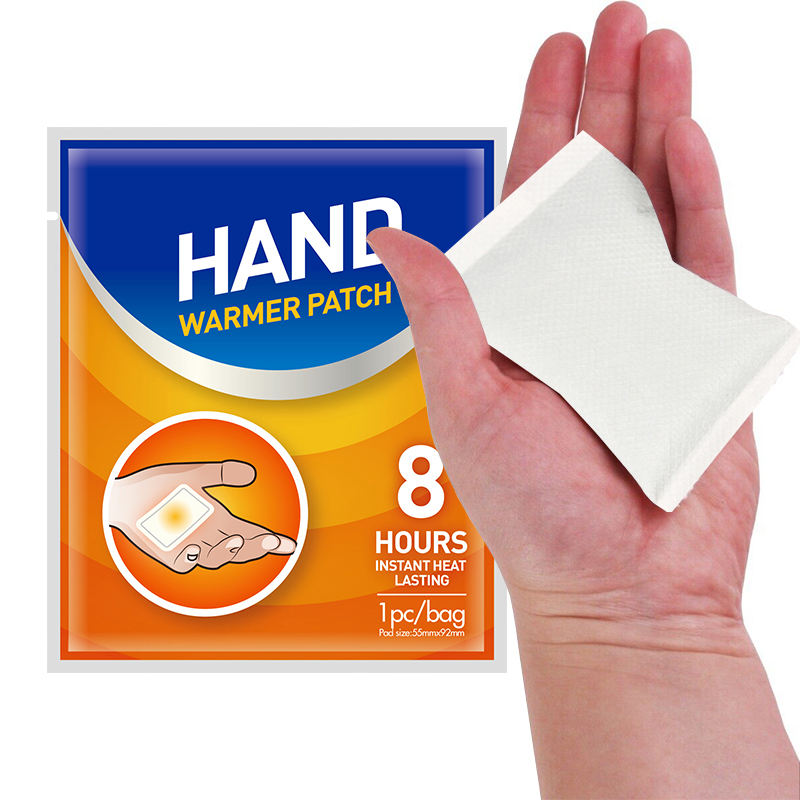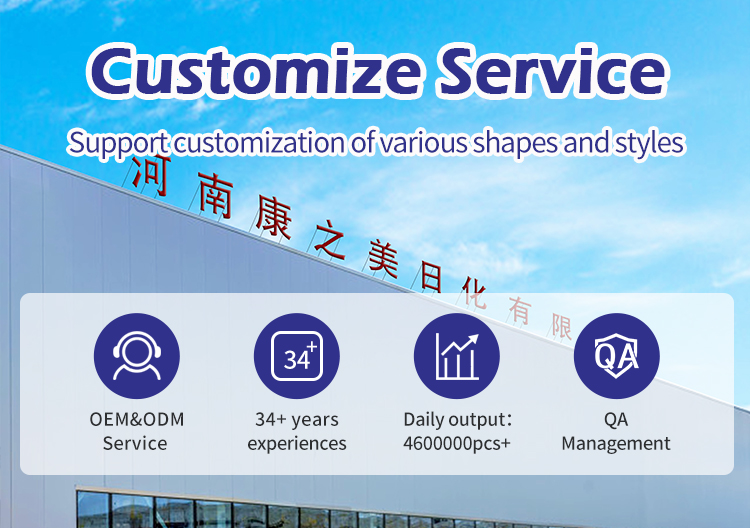Hand warmer patches provide portable, on-demand warmth for people who spend time outdoors in cold weather. Determining the right pricing strategy is crucial for successfully selling these products while turning a profit. Multiple factors impact what price point will maximize sales and revenue generation. Here we explore some key considerations for optimizing your pricing approach.
- Competitor Benchmarking
The first step is researching competitors selling similar disposable hand warmer patches. Analyze pricing across products with different features like hours of heat, adhesive types, and sizes. For example, a 40-pair box of high performance 12-hour patches may retail for $19.99 while a 10-pack of basic 8-hour warmers sells for $3.99. Benchmarking against other seller prices for comparable offerings helps anchor your own pricing decisions. - Heating Duration and Performance
The technology inside hand warmers, which fuels the chemical reaction generating heat, significantly impacts pricing. More advanced products sustaining heat for longer with better adhesive demand higher prices than basic warmers with shorter duration. Pricing progressively higher for increased heating performance and duration aligns value for customers with higher costs for production. Make pricing commensurate with longevity and consistency of warmth provided.

- Customer Price Sensitivity
Surveying prospective customers on perceived value can indicate price thresholds for your audience. Conduct multi-variant testing with different price points to gauge where demand falls off. Offering limited-time discounts or promotions lets you evaluate price elasticity as well. Setting pricing aligned with customer willingness to pay, informed through research, helps penetrate the market. Avoid simply maximizing profit without concern for generating sufficient volume at higher price levels. - Distribution Channel Margins
If selling through retail channels, pricing must account for margins consumed by middlemen. Common markups range from 30-50% for resellers to distribute products. Wholesale pricing at roughly 50% of retail value lets retailers carry your offerings while taking their cut. When selling through your own ecommerce platform, you avoid sharing margin, allowing more flexibility on end pricing to customers. - Ongoing Optimization
Continuously monitor sales volumes, reorder rates, platform analytics and customer feedback on pricing. Make incremental price adjustments up or down to home in on the optimum level balancing affordability perception and profit yield. Adapt pricing over time accounting for rising material or shipping costs as well. Pricing optimization is an evergreen process as market conditions evolve.
Setting the right price point is central to commercializing hand warmer patches successfully. Weighing competitive pricing, production costs, consumer willingness to pay and channel margins helps land on optimal levels. Track pricing KPIs continually, iterating to maximize sales volumes and profit over time. Let data drive decisions.






